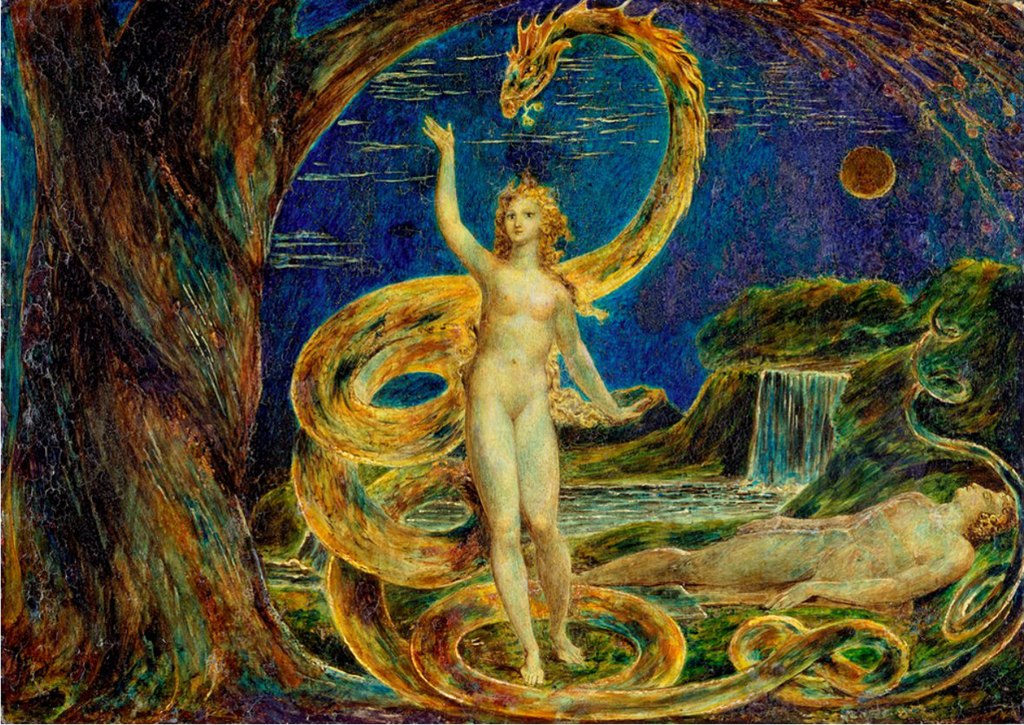Scenario
You have been asked to bring poetry to a wider audience by setting a poem that you
will be given to music and by making the meaning of a poem very clear using
animation.
You may integrate any type of animation (drawn, 2D digital, 3D, stop-frame, rostrum
camera) into your piece.
The minimum duration of the animated poem is 1 minute.
Tasks
1 – Key to animating the poem is to thoroughly understand it. Re-write the poem, breaking
the lines to add pauses and emphasis, state arc of poem & most important line. Research
the poet. Research into when, where and why the poem was written. Document all of this in
your digital sketchbook.
2 – Mood & palette; define the mood of poem visually with colour. The text must dominate &
be legible throughout. Use just one font and justify your choice of font. For consistency use
no more than 3 sizes of text and no more than 5 baselines for the text to sit on. Create
backgrounds for poem that allow the text to be dominant. Document all of this in your digital
sketchbook.
3 – Ensure that your animation will show the text at a readable pace by creating a rough cut;
edit the shortened static lines to music that you choose. Allow time for animating the static
frames of text in the rough cut on and off in the final animation. Upload your rough cut to
Google Drive, paste the link into your digital sketchbook.
4 – To transition between the lines of poetry test at least 10 styles of animation on the most
important line (e.g. slide in vertically & blur off with dissolve = 1 style). Test effects such as
the stencil effect, textures, glows, layer effects and integrating stop-frame animation
backgrounds and wipes into your poem. Choose a maximum of 4 different styles to use
throughout the poem. Document all of this with screenshots in your digital sketchbook.
5 - In the final animation use a maximum of 5 different animation styles. Fine-tune the timing
of the text on screen when the transitions are in place. Adjust your work according to the
feedback given in session and complete the final animation. State your design rules and
illustrate these with a minimum of 10 images from your final animation. Upload your
animation to Google Drive, paste the link into your digital sketchbook. In your digital
sketchbook clearly state your design rules and illustrate with at least 10 images from your
final animation. Document adjusting your final animation in line with feedback with
screenshots in your digital sketchbook.
6 – Your digital sketchbook is pivotal to your grade. It should clearly demonstrate that you
have followed the taught design process and how much effort you have put into your work. It
will be sub-divided using these headings: the Meaning of the Poem, Colour Research,
Developing a Style, Response to Feedback at Presentation, Design Rules. Reference the
Music that you use.
Uploaded to the coursework Teachmat page for CINE1025:
The digital sketchbook as pdf MAXIMUM FILE SIZE 20mb
Use Harvard referencing throughout for anything that you have not created; this includes
audio and reference images and video.
Uploaded to Google Drive by the deadline date and links pasted in the pdf:
1. The Rough Cut
2. The final animation
Poem to animate:
A Dream
Once a dream did weave a shade
O'er my angel-guarded bed,
That an emmet lost its way
Where on grass methought I lay.
Troubled, wildered, and forlorn,
Dark, benighted, travel-worn,
Over many a tangle spray,
All heart-broke, I heard her say:
'Oh my children! do they cry,
Do they hear their father sigh?
Now they look abroad to see,
Now return and weep for me.'
Pitying, I dropped a tear:
But I saw a glow-worm near,
Who replied, 'What wailing wight
Calls the watchman of the night?
'I am set to light the ground,
While the beetle goes his round:
Follow now the beetle's hum;
Little wanderer, hie thee home!'
By William Blake















